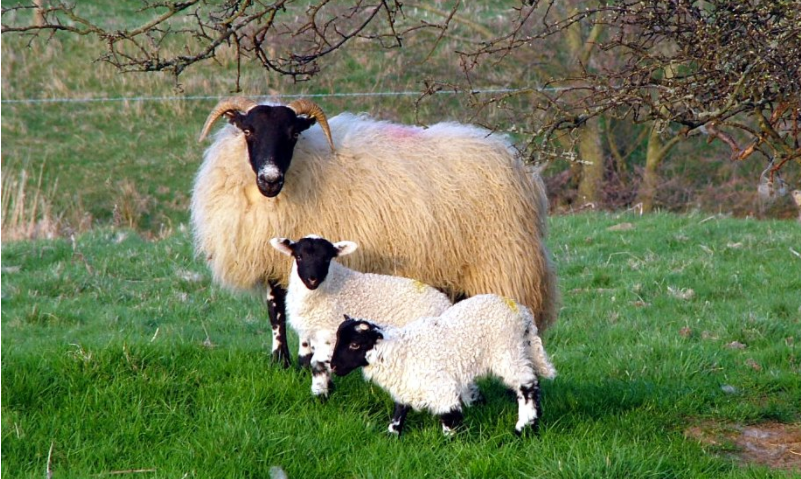Whenever we visit the countryside, or pass luscious green fields while driving, or sitting on a train, it is always uplifting to see beautiful sheep and their offspring, leisurely taking a stroll, or sitting down and soaking up the ambience of nature. But how much do we actually know about them? This article touches on the basic information, much of which is quite fascinating.
A Little Bit of History
Around 5000 BC, sheep started to become domesticated, and the latter is very different from the wild variety. In fact, their remains have been discovered in regions of early human settlements in Central Asia, Europe and the Middle East.
The Present Day
At the start of this century, there were believed to be more than one billion sheep on the planet. Sheep, which have been domesticated, are reared for their meat, milk and wool. In the case of meat, when it is referred to as lamb, it comes from immature sheep, and when it is called mutton, it is derived from mature sheep.
Most domesticated sheep breeds generate wool, although a small number only produce hair. The wild variety, however, grows both hair and wool. Interestingly, there are a few hundred sheep breeds. Evolution has adapted their broad characteristics so they can survive in different altitudes and latitudes.
Sheep which come from breeds which produce fine wool are usually reared just for the production of wool; however, others which only have hair, or those with long or medium wool, usually are raised for the production of meat.
Part of Our Lives
Although a few cross-breeds have been bred to generate both top quality meat and wool, from the two hundred-plus sheep breeds around today, it is clear that sheep are a prominent part of our lives, both for an excellent form of high protein meat and for their wool. Care of sheep is paramount to farmers. If a sheep is injured you should contact a veterinary, but if it is the farmer that is hurt, then you can easily use the mobile app https://www.livi.co.uk as it allows you to contact a GP by remote.
Different Breeds
Whether the breed is Shropshire, Rambouillet, Merino, Karakul, Hampshire or Cheviot, people are always fascinated at the diversity of the different sheep groups. Many of us like to photograph them, especially unusual ones!
Meat has always been a part of our traditional diet, and sheeps’ milk and even sheeps’ cheese, are now becoming increasingly popular, particularly as they are highly nutritious. Organic produce is also getting more common, and it is not just speciality stores which sell such products. To the delight of many customers, major supermarkets usually stock sheep’s cheese these days.
And when it comes to pure wool garments, all of which are suitable for males and females, and youngsters and adults alike, the quality is second to none. And on cold wintery days, the difference we feel between wearing wool and a man-made fibre jumper or cardigan is immense!







